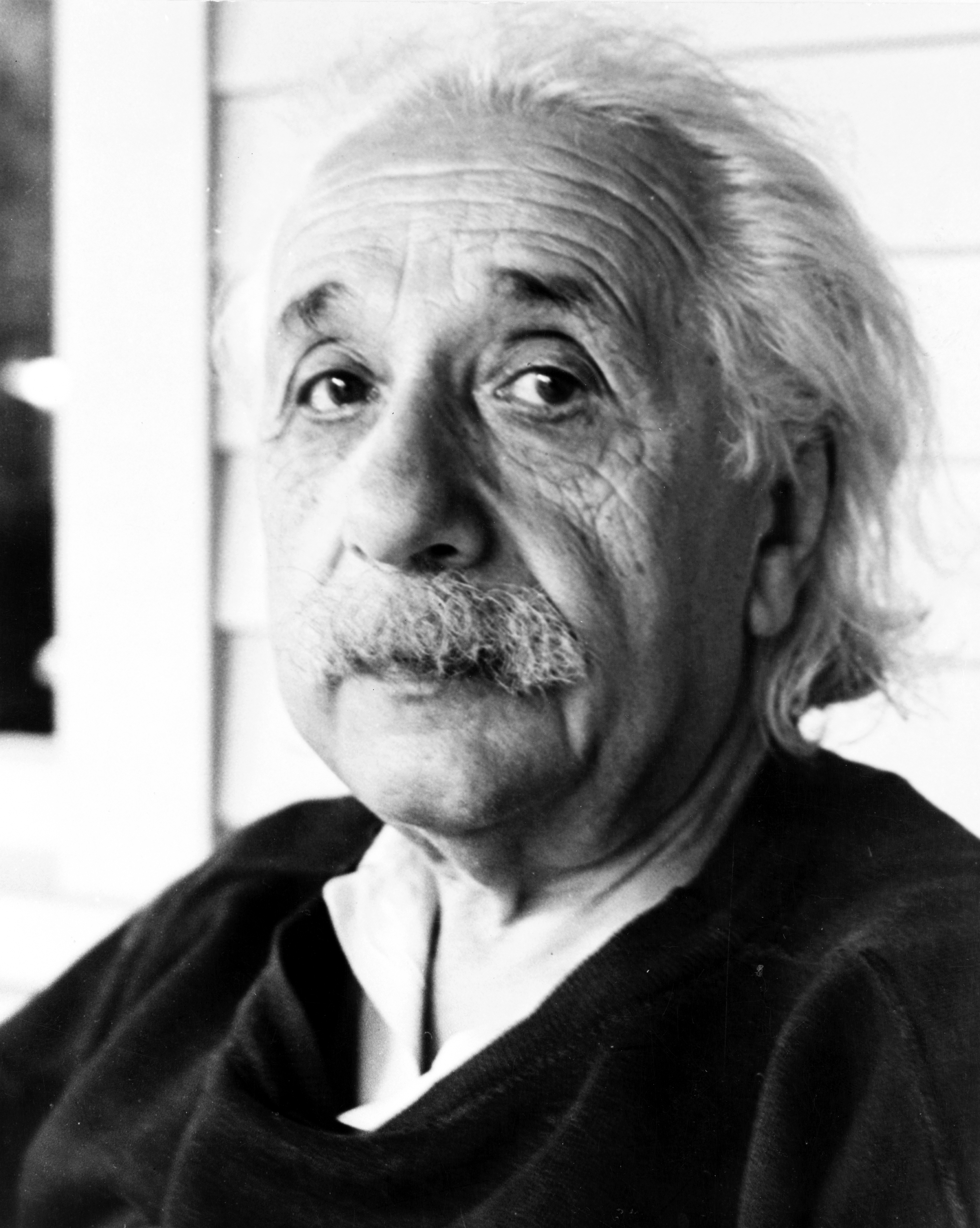Spooky Action at a Distance

Einstein was wrong.
As insightful as he was about the nature of the universe, the most famous Western genius since Aristotle could not wrap his head around one prediction of quantum mechanics.
The math behind that theory clearly showed that two particles could become “entangled,” that is “forever intertwined.” In other words, the state of one would determine the state of the other, even if they moved to opposite sides of the universe and had no way to communicate.
Einstein would not accept this, and mocked the very idea as “spooky action at a distance,” because he felt that it required communication that traveled faster than the speed of light, something impossible under his special theory of relativity. He proposed a theory of “hidden variables” (perhaps secret communication between two electrons, as odd as that sounds) that might explain how the two particles could communicate with each other. But as the BBC reported today,a recent set of experiments has conclusively disproved his attempt to explain away reality.
Einstein was looking for a why, an explanation or mechanism that could explain this intertwining. But neither the match behind quantum physics, nor the results of the experiments designed to test its predictions, require a why. The connection between the two electrons in the new study is simply a predictable fact. Why doesn’t matter. You might argue that they are mystically connected, but in this case “mystic” simply means “for a reason that we don’t currently understand.”
It seems amazing that the man who used math and thought experiments to challenge the very solidity of matter, who followed results to the bizarre conclusion that gravity can affect time, reached a point where scientific results and math behind it were too weird for him to wrap his mind around. But clearly that is human nature, to challenge results we don’t like to the point of delusion.
Let’s be blunt. Einstein was being unscientific. He didn’t like where the math was going, so he made up a bullshit theory to explain it away. In this way, he was really no different than the church fathers who opposed Galileo and Copernicus back during the Renaissance, or climate science deniers today.
It’s not only politicians who invent reasons to dislike findings they are uncomfortable with. Western scientists are often less empirical than they think they are. What I mean is, they don’t simply accept the results of reproducible experiments as reality and build upon those empirical results. A pure empiricist would simply say, “OK, it works. Who knows why? We can test theories that offer explanations with more experiments. But for now, the bottom line is, this is reality.”
The history of Western science is filled with examples of eminent experts who declare that results they dislike must be wrong, or who invent crazy theories clearly designed to explain away inconvenient results. I’m not saying that these are bad people or even bad scientists per se. But they are human, and humans are very good at denial and talking themselves into things.
The more learned and prominent a professor is, the harder it becomes for them to admit that they share this human tendency to self-persuasion. But humility about our own biases is just as important as solid laboratory technique in pursuing scientific truths.
Photo of Einstein by John D. Schiff, Library of Congress.




